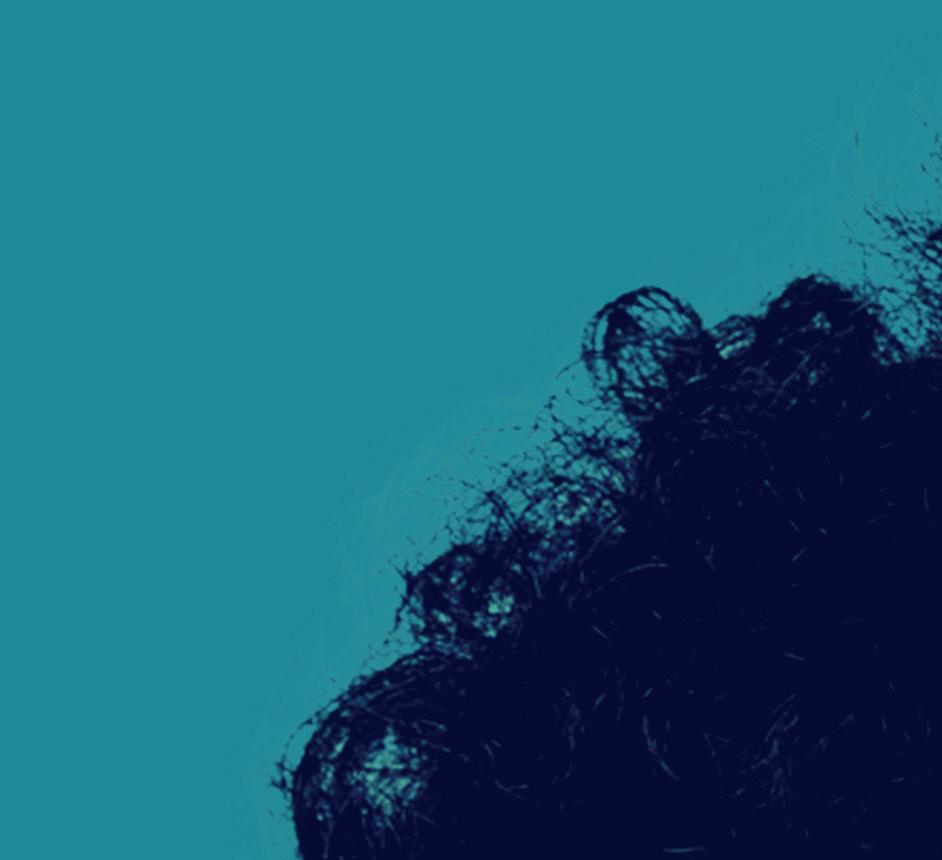
8 minute read
Setareh Noorani

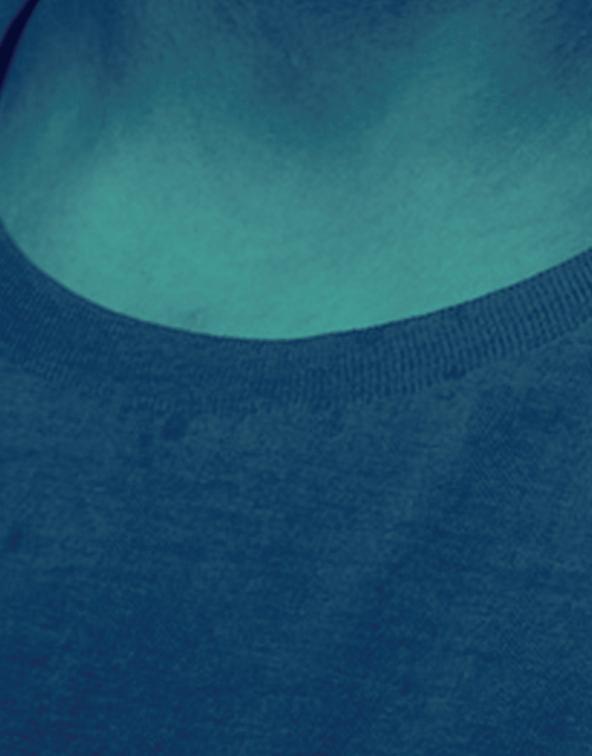
Advertisement
© Fred Ernst
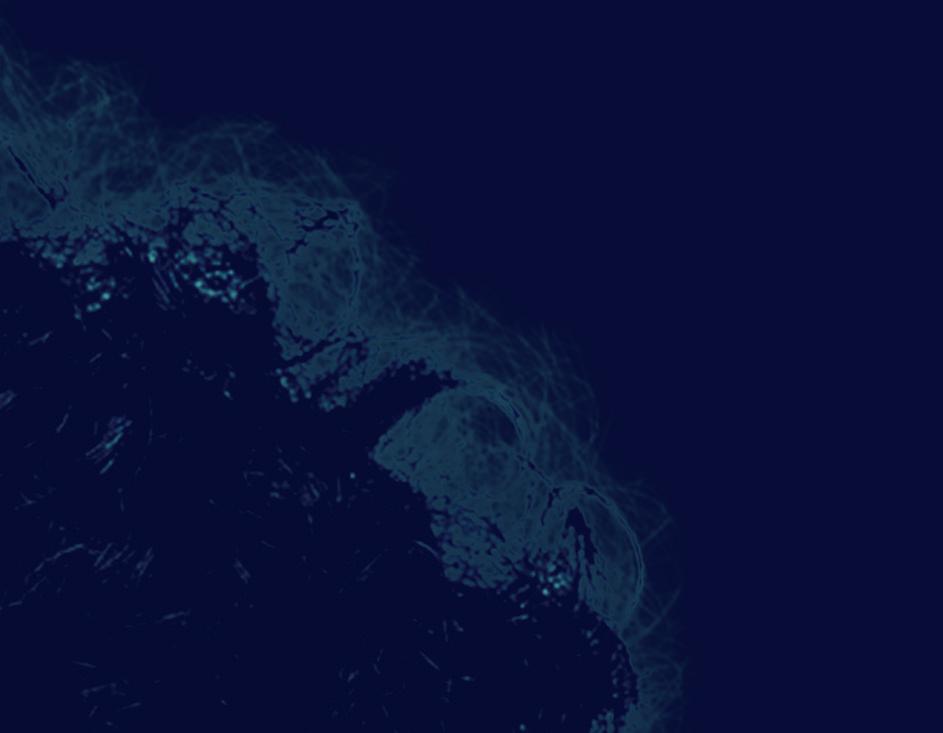

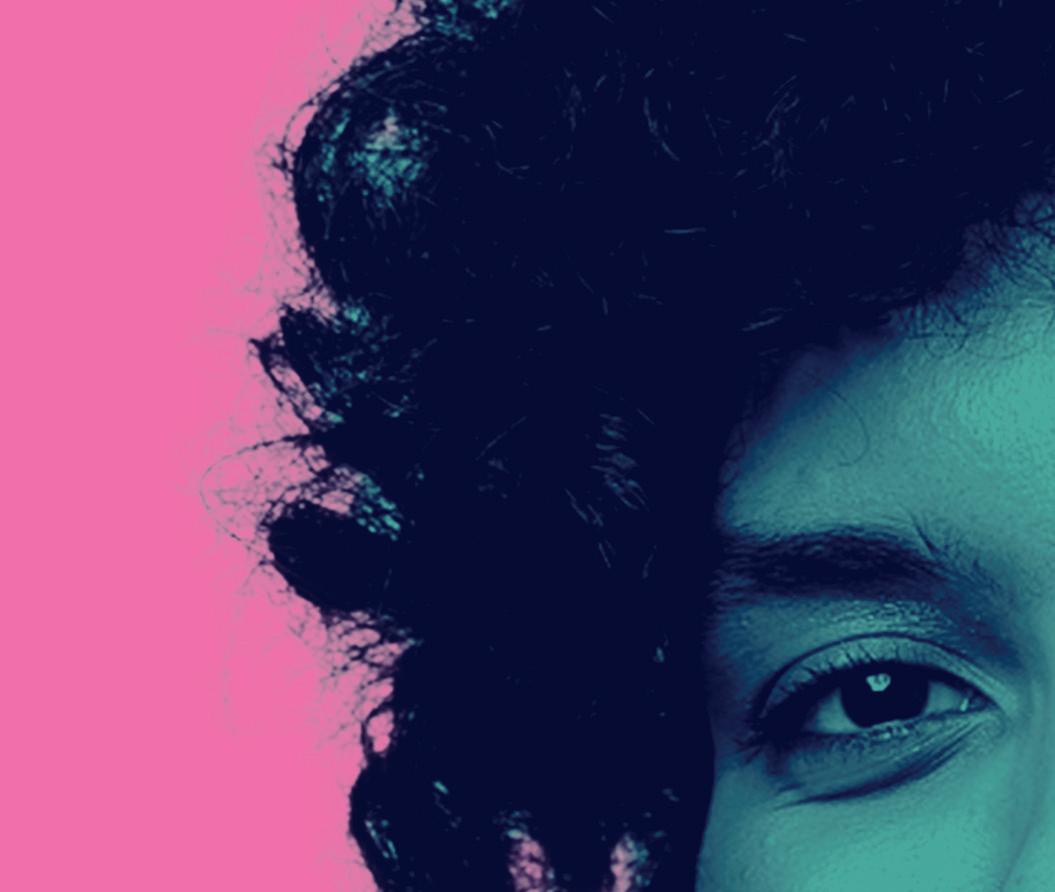
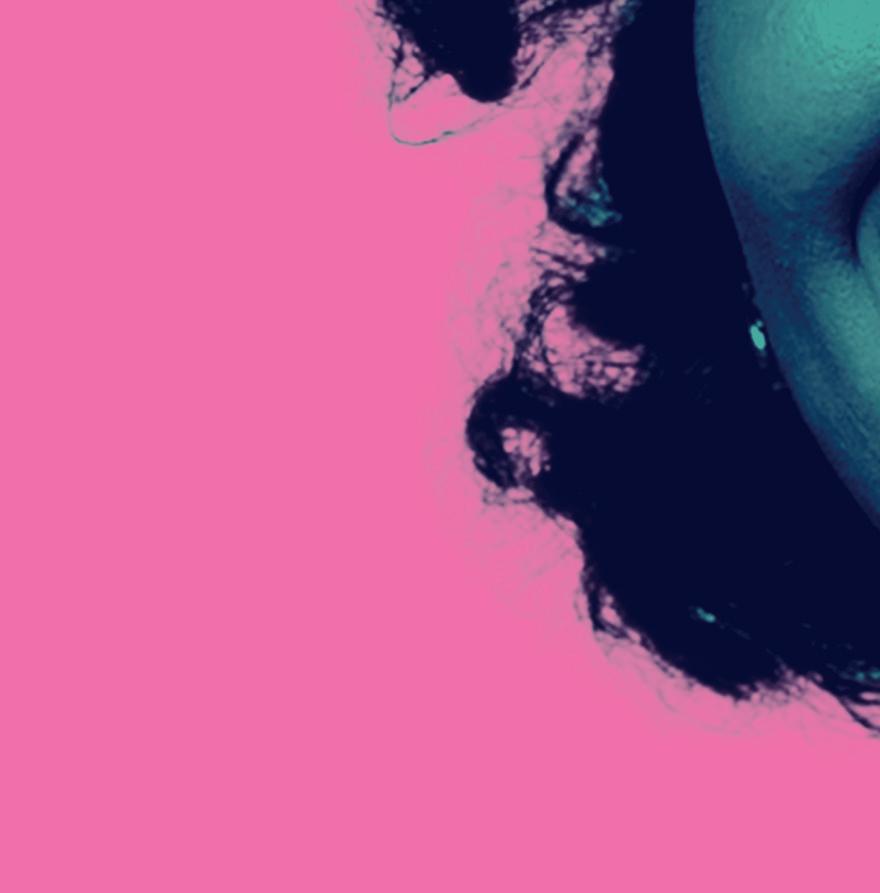
Designing for the ‘End’
Embedding and enacting continuous actions
Setareh Noorani Architect, (visual) researcher, zinester & part of various experimental collectives
The world existed long before humans did, and it will after we disappear. As global crises grow more urgent, how do we look beyond the dystopian view which equals ‘our end’ to ‘the end’ – and how might (not) designing for it actually save us all? Setareh Noorani provides a glimpse of a possible future.
The aim is not to answer questions, it’s to get out, get out of it.1
I will start this essay with an anecdote from the design field I bear the closest relation with: architecture. As I understand it, architecture’s qualities lie in its capacities to enable life, living, and a conscious ‘making-use-of’ – architecture triggers movement and change. Architectural design refuses mere display. It refuses to be treated as goods that can be bought or sold as their use-value persists to exceed their exchange value, in a reality where the “combined built environment is the world’s largest asset class”2 . The “irreversible reduction of [architecture’s] socially transformative ambitions to a ‘form without utopia… to sublime uselessness’, such uselessness has itself, paradoxically if inevitably, proved to be of great ideological use to the contemporary imperatives of capital accumulation”.3 In the current times of digital mass media and their Instagram feeds, (spatial) designs are becoming increasingly consumable, commodifiable – ripe to form veneers of ‘ideas’ to hide actualities of extraction and displacement. Design objects, architectures, and urban plans are reduced to flat images, becoming marketing tools whilst carrying shallow descriptors as ‘just’, ‘sustainable’ and ‘inclusive’. They become smooth4, devoid of the meaning of inhabitation and relation-making, of undergoing a continuous action with those encountering, of the capacity to trigger collective (political) imagination. They become easy answers and paths to (more) capital.
This essay is written from the in between, the middle margins, to the end. The middle means inviting to think of design as an enabling and enacting of actions upon actions, enmeshed in multiple realities, with objects “actively performing”5 and embedded within processes of change. These processes of change are currently dominated by planetary extinction, masssuicidal extraction6 (removal of
1 G. Deleuze et al., Dialogues (1987) 2 Jelmer Teunissen, Conversation, Spoken, 25 July 2022. 3 D. Cunningham & J. Goodbun, ‘Marx, Architecture and Modernity’ (2006) 4 D. Spencer, ‘Architectural Deleuzism: Neoliberal Space, Control and the “Univer-City”’ (2021); R. Boer & M. Minkjan, ‘Against the Smooth City’ (2020) 5 K. Easterling, Medium Design (2021) 6 F. Berardi, Heroes. Mass Murder and Suicide (2015)
beings until death and depletion occur), necrocapitalism (“where a country’s trade and industry are founded on, linked to and dependent directly or indirectly on death and the profits accruing from it”7), and necropolitics (“the power and the capacity to dictate who may live and who must die”8). Processes that are life-ending if the end is life. In this mode of reasoning, current models of accumulating wealth cannot be seen separately from colonialism, climate injustice, and the class struggle. How should we start designing for the end of life, sustaining all life? How should we design for the ‘and’, the alternatives we still may find and imagine, if we are confronted with Thatcher’s ‘There Is No Alternative’?9 For the futureless future, for the other end of the planet (the end of the human, the end of capital, the end of ends as we know it)? What materials do we need to design with to “harness forces, to think the unthinkable”10? And is that the limit of design, limiting it, to end design, to stop designing and start living11?
7 S. Singh, ‘The End of Necro-Capitalism (but Not Necessarily Capitalism)’ (07-11-2017) 8 A. Mbembe, ‘Necropolitics’, translation L. Meintjes (2003) 9 BBC News, ‘Economy: There is no alternative (TINA) is back’ (07-03-2013) 10 Deleuze et al., Dialogues. 11 S. Lorusso, Entreprecariat: Everyone Is an Entrepreneur. Nobody Is Safe (2019)
What design can do firstly is the ‘doing’: inviting action and promoting entanglement12 – intensive involvement and intertwinement – which is per definition messy. This messy middle is the trouble13 to which one must stick, the thick of things and thus also the continuous refusal of that which is given – so we find each other for futures to come. Idleness, refusal and direct action are states interacting with each other to redress urgencies in design. Jack Halberstam notes that “we refuse to ask for recognition and instead we want to take apart, dismantle, tear down the structure that, right now, limits our ability to find each other, to see beyond it and to access the places that we know lie outside its walls.”14 When the fields that comprise design are pushed to submit to extractive patronage (the giving of life-depleting assignments, as is frequently the case in shortterm/fast-pace/high-stakes art shows and exhibition design gigs), to precarious flexibility, racial capitalism, and tokenism (making symbolic efforts to be inclusive), it is the going underground, the marooning15 that will prove useful material for our design. This precarity – which comes with forced turnover periods and nomadisation of designers in the face of ‘work from anywhere’ that ties others lower down the production chain to the ground – is where capital becomes “value in motion”16. Lorusso mentions: “Precarious work is presented (and up to a point even effectively experienced) as a new form of freedom”.17 Here, the battle of design and its (anti-)value – the battle to end design – begins, where, as David Harvey quotes Marx:
“Capital lying ‘at rest’ in any of these states is variously termed ‘negated’, ‘fallow’, ‘dormant’ or ‘fixated’. Or consider this: ‘as long as capital remains frozen in the form of finished product, it cannot be active as capital, it is negated capital’. This ‘virtual devaluation’ is overcome or ‘suspended’ as soon as capital resumes its movement.”18
12 Easterling (2021) 13 D.J. Haraway, Staying With The Trouble: Making Kin in the Chthulucene (2016) 14 J. Halberstam, ‘The Wild Beyond: With and for the Undercommons’ (2013) 15 F. Moten & S.t Harney, The Undercommons: Fugitive Planning & Black Study (2013) 16 M.J. Murray, ‘Capital as Value in Motion and Boundless Accumulation’ (2018) 17 Lorusso (2019) 18 D. Harvey, Marx, Capital and the Madness of Economic Reason (2018)
Marx alludes to the given that the bourgeoisie cannot gather any additional wealth from use-value, any surplus value, from capital as long as it is not traded, or put into motion. If money sleeps, is not put to ‘work’, is not traded or transformed into other (financial) products such as derivatives, bonds, and stocks, then it literally loses ‘interest’ and devaluates over time. Even stronger, Marx states that “a price […] both implies that a commodity is exchangeable for money, and also that it must be so exchanged”19. Tying this back to design: should we all end making design, its imagery and its workers mobile – in order to trigger devaluation and put a halt to the rapid turnover times of capital? How to harness idleness, rest, refusal – starting with refusing illegitimate prices to our labour as well as claims on our time and our self – while tearing down exploitative structures, practising fugitivity and being irrevocably ‘in action’20?
19 K. Marx, Capital Vol. 1: Capitalist Production, trans. S. Moore & E. Aveling (2013) 20 In creation, without limitation, following Gilles Deleuze, ‘Instincts and Institutions’ (2003)
Design is to move us, (non-)humans of the Earth, towards a singular inclusive, sustainable, diverse future – towards The Good Life™, where reason propels us forward21 . This one-way street to the future of life must be distrusted if we want design to bear any meaning for the futures to come. Through design we are able to map out – end inching towards end – granular futures, the lives after capitalism ends our world (or we end capitalism)22 . In the meantime, there are forces outside design at work that shuffle the cards ongoingly and shape a world-in-becoming: the worlding that happens in between, and the not-in between23. The worlding that refuses to be labelled, the revolution that refuses to be televised24, the revolution that refuses to be monetised and valorised. And in worlding the after, the utopian is enclosed, “a standpoint for the here and now – not only the future – […] and the better worlds inhabited by those who always […] meanwhile carry on”25. As Deleuze says: “getting out is already achieved, or else it will never be.”26
21 Mbembe (2003) 22 F. Berardi, ‘Introduction’ (2012) 23 F. Moten, Black and Blur – ‘Consent Not to Be a Single Being’ (2017) 24 A. Culp, A Guerrilla Guide to Refusal (2022) 25 A.F. Gordon, The Hawthorn Archive: Letters From The Utopian Margins (2018) 26 Deleuze et al. (1987)
CURIOUS FOR MORE?
In the DCFA programme Navigating Barriers and Confl icts, Setareh Noorani and others explore the confl icting interests, systematic barriers and power dynamics in co-design.
Through design we are able to map out granular futures, the lives after capitalism ends our world (or we end capitalism).
BOOK: DESIGN AFTER CAPITALISM
How can design transcend the logics, structures, and subjectivities of capitalism? This book provides a framework, theoretical grounding, and practical principles.
BOOK: CRITICAL CARE: ARCHITECTURE AND URBANISM FOR A BROKEN PLANET
How architecture and urbanism can help to care for and repair a broken planet: essays and illustrated case studies.










